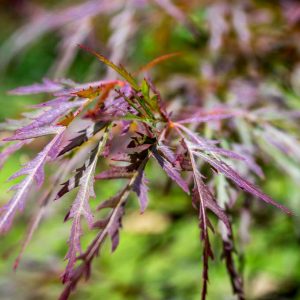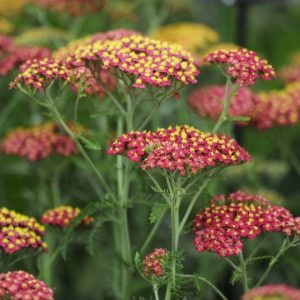Description
Stipa – Achnatherum – Feather Grass – Needle grass – Spear Grass –
There are about 300 bristly, tufted, evergreen or deciduous, perennial (rarely annual) grass, in this genus. They are found naturally occurring from open woodlands and stony slopes in temperate and warm temperate regions worldwide. They have linear, pleated, inrolled, occasionally flat leaves, and bear narrow loose panicles of flattened spikelets, often with long, feathery or bristly awns, from early summer to autumn. They are grown for their habit, and also for their attractive inflorescences, which may be dried and dyed for use in flower arrangements. Use in a mixed or shrub border.
Grow in moderately fertile, medium to light, well drained soil in full sun. S. arundinacea tolerates heavier soils and partial shade. Cut back deciduous species in early winter, remove dead leaves on evergreens in early spring. Divide from mid spring to early summer.
Prone to damping off, rust, smut, brown patch, brown stripe and eye spot.
S. arundinacea – Wind Grass – Pheasant’s Tail Grass – This clump or loosely tufted forming, rhizomatous, evergreen perennial from New Zealand grows 3′ feet tall and 4′ feet wide. It produces arching, linear, flat or inrolled, leathery, dark green leaves, to 12″ long, streaked orange-brown in summer, and turning rusty-orange all over in winter. From mid summer to early autumn, bears pendent panicles, to 30″ long, of purplish green spikelets.
Zones 8-15





